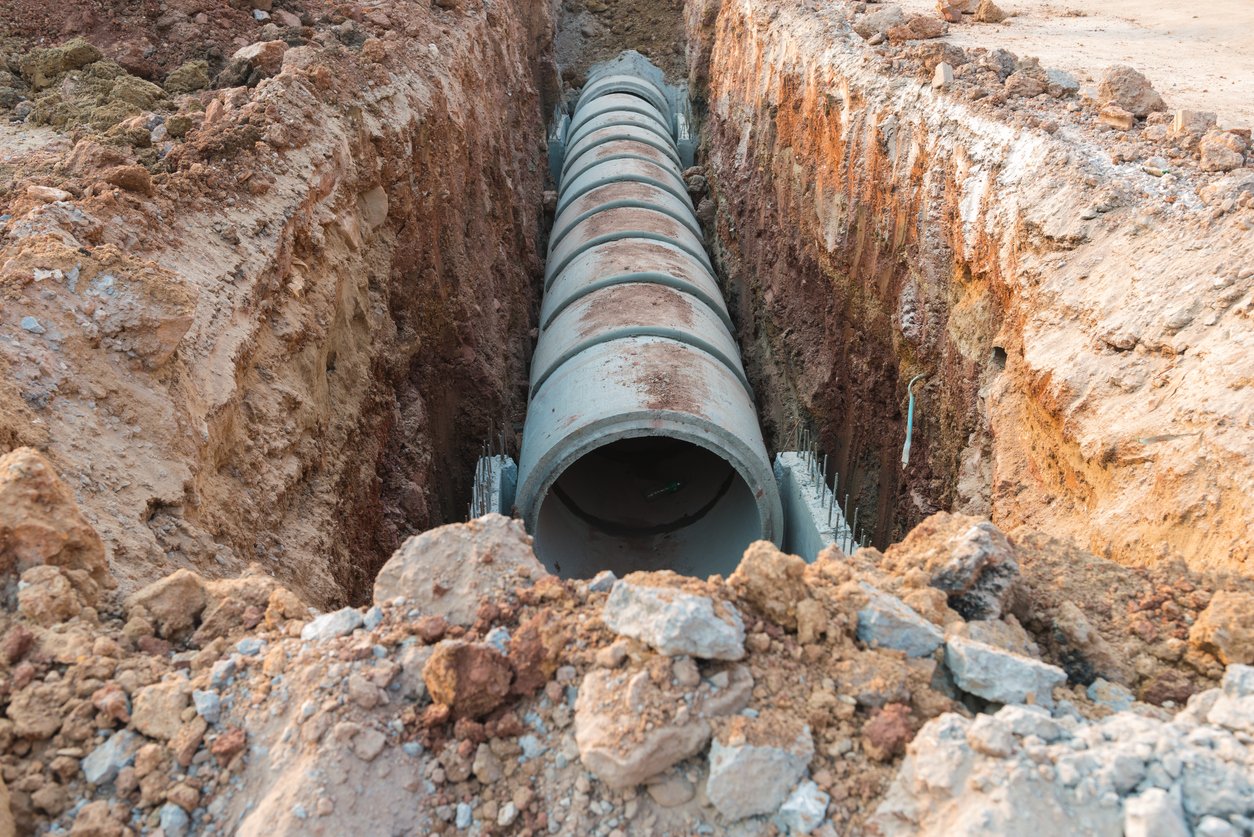How Do Sewer Lines Work in Florida?
Sewer lines are the unsung heroes of modern plumbing, playing a crucial role in maintaining sanitary conditions by transporting wastewater away from homes and businesses. In Florida, the unique environmental conditions present specific challenges and requirements for sewer line systems. This blog will explore the basics of how sewer lines work, the particularities of Florida’s sewer systems, and what residents need to know to ensure their systems operate efficiently.
Understanding Sewer Lines
Basic Functionality Sewer lines are underground pipes designed to carry wastewater from sinks, toilets, showers, and other drains to a treatment facility. The process starts with smaller pipes in homes and businesses, which connect to larger municipal sewer lines that transport the wastewater to treatment plants.
Gravity and Pressure Systems There are two primary types of sewer systems: gravity and pressure. Gravity sewer systems rely on the natural slope of the land to move wastewater downhill. In contrast, pressure systems use pumps to push wastewater through the pipes, which is essential in flat areas or where the terrain doesn't permit a gravity system.
Unique Aspects of Sewer Lines in Florida
High Water Table Florida’s high water table poses a significant challenge for sewer line installation and maintenance. The proximity to groundwater means that sewer lines must be carefully designed and constructed to prevent leaks, which could contaminate the water supply.
Sandy Soil Florida's sandy soil can cause sewer lines to shift and settle over time, leading to potential misalignments and blockages. Proper installation techniques and regular inspections are vital to ensure the long-term stability of sewer systems in these conditions. Yearly drain cleaning can also help.
Hurricane Risks The state’s frequent hurricanes and heavy rains can overwhelm sewer systems, causing backups and overflows. Sewer lines in Florida are often designed with additional capacity and reinforced materials to withstand these extreme weather conditions.
Components of a Sewer Line System
Residential Pipes These are the pipes that carry wastewater from individual homes to the municipal sewer line. In Florida, these pipes are typically made from PVC due to its durability and resistance to corrosion from the sandy soil and high moisture levels.
Municipal Sewer Lines These larger pipes collect wastewater from multiple properties and transport it to treatment facilities. They are designed to handle high volumes of water and are often constructed from more robust materials like reinforced concrete.
Lift Stations In areas where gravity cannot move wastewater efficiently, lift stations equipped with pumps are used to elevate the sewage to a higher level so it can continue to flow towards the treatment plant. These are crucial in Florida’s flat regions and low-lying areas.
Manholes These are access points along the sewer lines that allow for inspection, maintenance, and cleaning. In Florida, manholes must be securely sealed to prevent groundwater infiltration, especially during heavy rains.
Sewer Line Maintenance and Problems
Common Issues In Florida, sewer lines can face several common issues, including root intrusion, pipe corrosion, and blockages from debris. Regular maintenance and inspection are essential to identify and address these problems early.
Preventative Measures
Regular Inspections: Scheduled inspections using cameras can detect early signs of damage or blockages.
Proper Waste Disposal: Avoid flushing non-biodegradable items, grease, and other harmful materials that can clog the system.
Root Barriers: Installing root barriers can prevent tree roots from infiltrating and damaging sewer lines.
Professional Repairs When problems do occur, professional plumbers use specialized equipment to repair or replace damaged sections of sewer lines. In Florida, this often involves trenchless repair techniques that minimize disruption to the surrounding environment and infrastructure.
Conclusion: Keeping Florida's Sewer Lines Flowing Smoothly
Sewer lines are a critical component of Florida’s infrastructure, requiring careful planning, installation, and maintenance to function effectively. Understanding the unique challenges posed by the state’s environment and implementing regular maintenance practices can help ensure these systems operate efficiently, protecting both public health and the environment. By staying informed and proactive, Florida residents can contribute to the longevity and reliability of their sewer lines.

